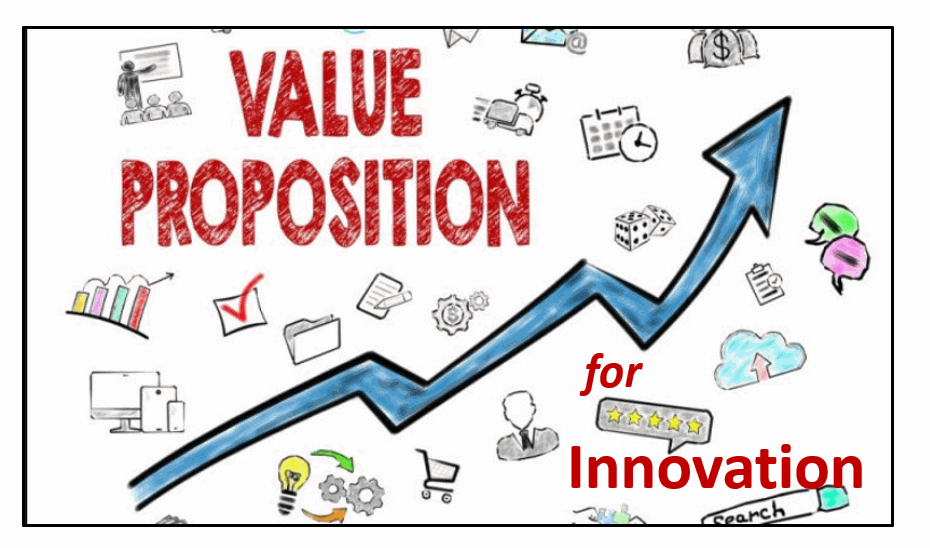 Presently the three horizon model is argued as no longer applying to innovation as it has been suggested, or I feel so, in a recent article written by Steve Blank.
Presently the three horizon model is argued as no longer applying to innovation as it has been suggested, or I feel so, in a recent article written by Steve Blank.
Now I am a terrific admirer of Steve and his thinking but he does, I feel, rush to an assumption to fit one specific problem area, most coming from the start-up world. I apply the three horizons from the more mature organizations perspective and in a much wider lens framing approach than clear he does.
Steve Blank, no less, wrote about the problems with applying the three horizons as his view recently. You can read it here. He changed the title from “the fatal flaw of the three horizon model” to “fast time in three horizon high” mainly due to the push back he received from one of the original creators of this framework. It got even further dampened down into a more observational under “McKinsey’s Three horizons Model defined Innovation for years. Here is Why It No Longer Applies” in a Harvard Business Review posting that digs him further into his specific business focus corner that little bit deeper, as his title assumes.
Steve, I have news for you, the three horizons frame is healthy and fit for use, maybe not in your specific application (although I know it can be) but in multiple applications. I am not sure he decided why he became so dismissive on the 3H. “Fatal flaw, fit for use” can confuse a wider audience, many living off his pronouncements, when the value of this 3H frame is even more compelling today than when it was first proposed. It has moved on, not regressed. Continue reading “How do you apply the three horizon framework in your thinking? Steve Blank you are limiting your thinking.”









